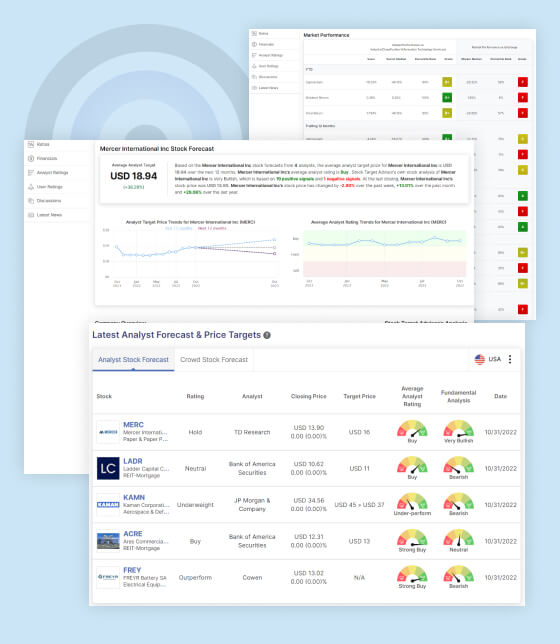With each year, cryptocurrency trading grows and broadens its reach into a worldwide industry. Following a rocky first decade and a half, the cryptocurrency market is gradually expanding. The state of cryptocurrency trading has grown remarkably and continuously since 2022. Therefore, there has never been a better moment to join the cryptocurrency exchange industry and profit from the current expansion trends.
But, there are a lot of obstacles to overcome before entering the cryptocurrency exchange industry, and getting a suitable liquidity API is frequently the biggest worry. The purpose of APIs in creating a working cryptocurrency exchange and the actions required to fully include this mechanism in your ecosystem will be covered in this article.
What are Crypto Liquidity APIs:
APIs for liquidity are essential to the smooth operation of a cryptocurrency exchange. Integrated liquidity API helps the exchange platform execute trades for its users without slippage or delays because there is always enough liquidity.
Simply put, liquidity APIs connect digital platforms to order books and money pools, allowing exchange software to access a broader range of market liquidity. Because trading pairs are easily accessible via the liquidity connect, orders may be filled in seconds.
Popular exchanges often provide the most liquidity since they have massive proprietary fund pools. However, exchange platforms can add a secondary source of liquidity.
Since major exchanges usually only provide mainstream virtual currencies, this alternative method is primarily helpful for exchange startups looking to diversify their currency pairs. Below, we analyse the primary steps of integrating crypto liquidity API to help your business expand its offerings without disrupting your tech stack.
How to Set Up a Proper Liquidity API:
While crypto Liquidity provider APIs are crucial, configuring this tool is difficult and involves several steps. Let’s examine the measures you must take to incorporate this API utility without encountering any issues or failures.
Select a Dependable Liquidity Provider:
Choosing a trustworthy LP is this guide’s first and most important step. Making the right decisions can help your exchange platform expand market penetration and keep your clients’ prices from fluctuating significantly. A steady LP will also guarantee long-term operational success by enhancing access to the money pool to meet your expanding needs.
You must evaluate each LP’s technology, features, and price range in order to choose the best one for your requirements. Not every liquidity API is compatible with every cryptocurrency exchange liquidity system, and even those that are don’t always provide extensive functionality and superior quality. Pricing is also crucial because certain LPs may demand hefty monthly fees for their liquidity API services.
Due diligence and background investigation are also essential. Many businesses on the market offer liquidity APIs, but not all of them can be relied upon. Therefore, it is wise to review their past, examine their track record, and determine whether or not they have complied with applicable laws.
Develop Airtight Cybersecurity Systems:
In cryptocurrency, liquidity APIs are among the most targeted digital tools because they may provide attackers with direct access to enormous capital pools. So, building up many security levels in your system is essential. These days, it’s crucial to have tools like encryption and two-factor authentication to safeguard your devoted clients against online attacks.
It’s also a good idea to conduct systematic audits and inspections to spot possible risks to liquidity channels. Consequently, malicious attackers won’t touch your machine very soon.
Conduct Integration Checks and Monitor Performance:
Even though API integration has recently gotten much simpler, exchange businesses still need to invest a lot of time and money. Following the integration process, there are several places where a liquidity API setup gone wrong might cause delays, malfunctions in the system, or outages on the platform.
Therefore, it is essential to test the API integration thoroughly before deployment. To host a sample version of their exchange, most businesses set up staging environments for their platform. In this manner, before launching your exchange into the market, you can ensure everything functions as planned.
Closing Remarks:
Your cryptocurrency platform must include a liquidity API to compete in the harsh crypto exchange market. Smaller exchanges may now provide the exact pricing and spread as the top exchange platforms in the market, thanks to this technique, which levels the playing field.
Selecting the proper API can position your exchange firm for long-term success. So, spending time, money, and resources is advised to get the greatest liquidity API solution for your business needs.
Stock Target Advisor is an independent Investment Research company that specializes in stock forecasting and analysis with integrated AI.

































